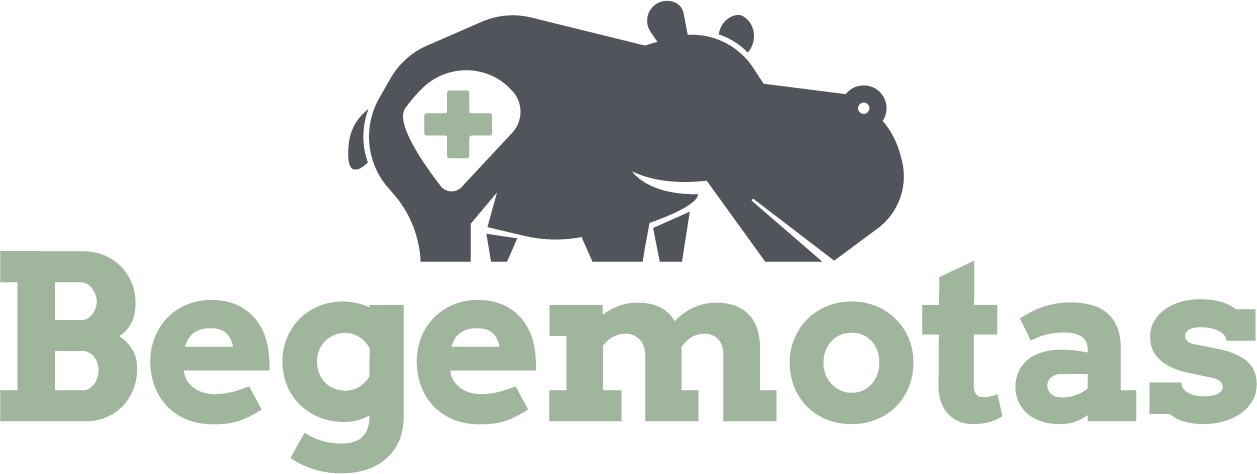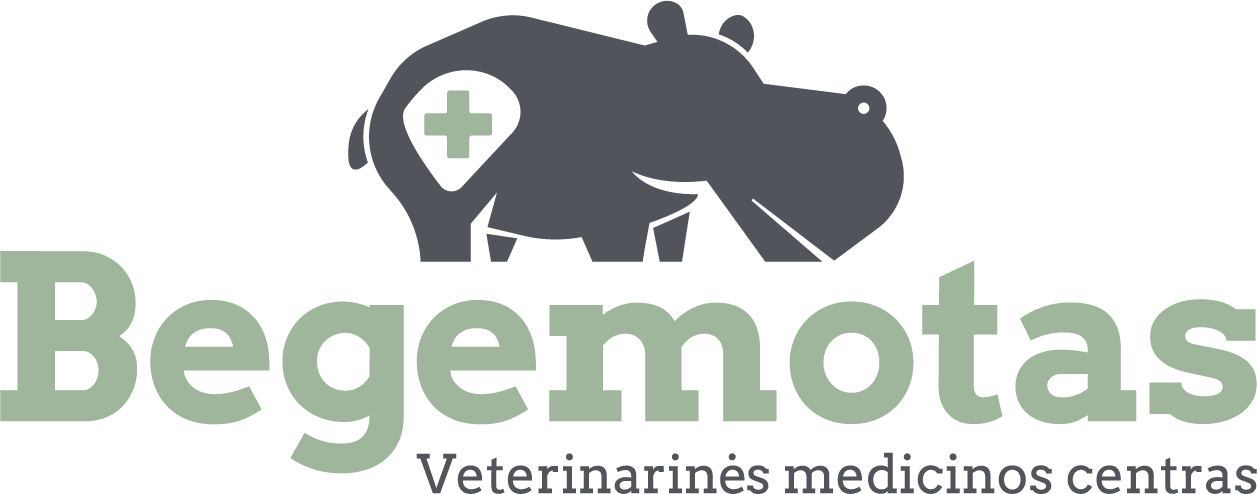Why us?
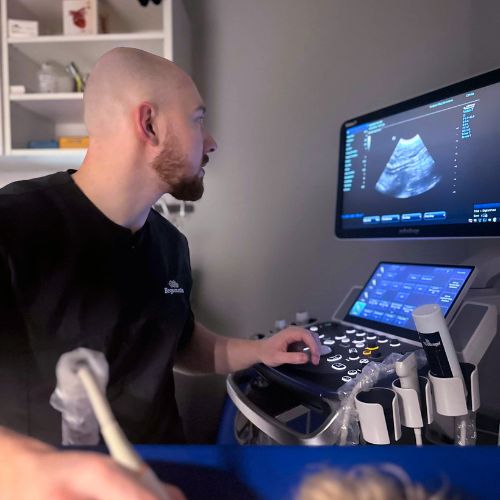
Competent staff
Experienced veterinarians and caring assistants.
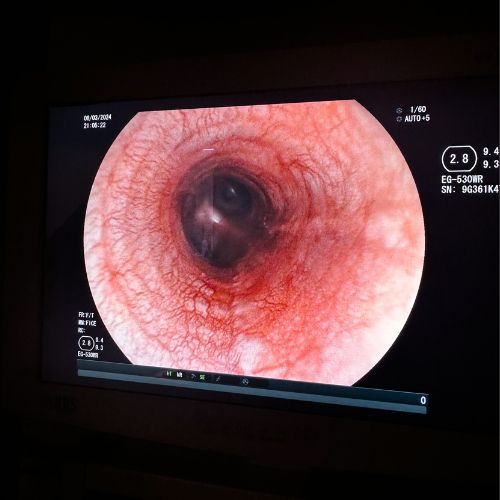
Modern equipment
Accurate and rapid diagnosis.
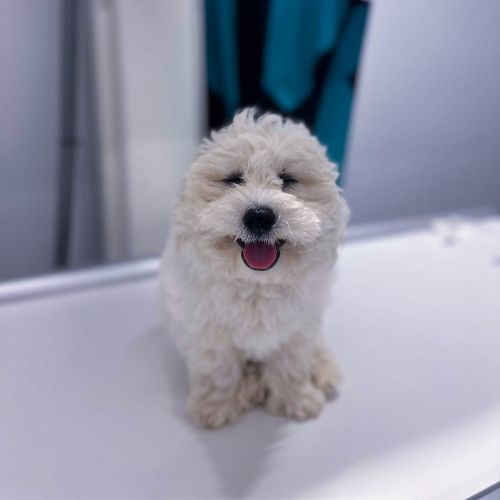
Happy pet
Healthy because happy.
Laparoscopy for pets
The biggest advantage of this method is the extremely small (up to 2.5 cm) surgical incision.
Laparoscopic surgery is most commonly used for castration/sterilization of dogs and cats; gastropexy, biopsy sampling from abdominal organs (e.g., liver, spleen, etc.) or diagnostic surgery of the abdominal cavity.
During the operation, carbon dioxide gas is injected into the abdominal cavity, which lifts the abdominal wall, creating enough space to examine the organs inside the abdomen and perform diagnostic or therapeutic procedures.
Once there is enough gas in the abdominal cavity, special surgical equipment is inserted through 1-2.5 cm incisions. The entire procedure is monitored through a small camera mounted on the surgical equipment and a telemonitor in the operating room.
The advantages of laparoscopic surgery are obvious: smaller scars, less postoperative pain, and faster recovery for your pet. This is especially important for pets that are more sensitive to stress or have other health problems. In addition, this procedure is extremely sterile and reduces the risk of complications, so pet owners can feel more at ease about the health of their beloved pets.
Laparoscopic procedures at Begemotas Veterinary Clinic are performed by:

Vet. Doctor EDMUNDAS
Sign up now!
Cost of laparoscopic procedures
The cost of laparoscopic procedures for animals depends on several key factors:
The complexity of laparoscopic procedures determines both the time required and the number and specificity of the instruments used. For example, laparoscopic castration is a fairly common and frequently performed procedure that usually costs less than more complex interventions such as diagnostic laparotomy or laparoscopic removal of a tumor from the abdominal cavity.
The weight of the animal also affects the cost of the procedure. Larger animals may require more medication for anesthesia, which increases the overall cost. In addition, procedures on larger animals often take longer and may require additional tools or more preparation time.
The amount of anesthesia and other medications depends on the size and health of the animal. Larger animals or animals that require longer anesthesia require more medication, which directly increases the cost of the procedure. In some cases, special medications may be required, which are more expensive than standard ones.
Additional procedures, such as biopsies, tumor removal, or tissue examinations, can often be performed during laparoscopy. Each additional procedure requires additional instruments, can prolong the duration of the operation, and increase the need for anesthesia, which contributes to the overall cost.
Reviews
 Nerky2025-02-17Jauki aplinka ir malonus personalas
Nerky2025-02-17Jauki aplinka ir malonus personalas Kristina Masoit2025-02-08Šioje klinikoje gydomės jau daugiau nei metus, o mūsų draugai, kurie turi gyvūnų, lankosi šioje klinikoje su savo augintiniais, visada lieka patenkinti savo augintiniais ir jų šeimininkais. Visiems klinikos "Begemotas" darbuotojams labai ačiū už sunkų darbą ir profesionalumą.
Kristina Masoit2025-02-08Šioje klinikoje gydomės jau daugiau nei metus, o mūsų draugai, kurie turi gyvūnų, lankosi šioje klinikoje su savo augintiniais, visada lieka patenkinti savo augintiniais ir jų šeimininkais. Visiems klinikos "Begemotas" darbuotojams labai ačiū už sunkų darbą ir profesionalumą. teja2025-01-27amazing place , such great and caring doctors , always very caring understanding and helpful. You can tell they love and care for each and every animal❤️
teja2025-01-27amazing place , such great and caring doctors , always very caring understanding and helpful. You can tell they love and care for each and every animal❤️ Vaida Matijošaitė2025-01-25Ačiū gydytojai Eglei už pirmąsias, labai profesionalias apžiūras ir patarimus. Labai didelis ačiū Gabrielei už suteiktą skubią pagalbą ir priežiūrą gydymo metu. Čija siunčia linkėjimus! 🤍
Vaida Matijošaitė2025-01-25Ačiū gydytojai Eglei už pirmąsias, labai profesionalias apžiūras ir patarimus. Labai didelis ačiū Gabrielei už suteiktą skubią pagalbą ir priežiūrą gydymo metu. Čija siunčia linkėjimus! 🤍 Giedrius Znutas2025-01-15Kaip aplankęs daugybę klinikų Lietuvoje esu patenkintas paslaugų kokybe. Pirmą kartą man buvo taip detaliai paaiškinti augintinio kraujo tyrimai.
Giedrius Znutas2025-01-15Kaip aplankęs daugybę klinikų Lietuvoje esu patenkintas paslaugų kokybe. Pirmą kartą man buvo taip detaliai paaiškinti augintinio kraujo tyrimai. The Nomad (One man and his dogs.)2025-01-14Taking dogs their tonight for treatment prior to return to UK
The Nomad (One man and his dogs.)2025-01-14Taking dogs their tonight for treatment prior to return to UK
Registration
Our team is ready to take care of your pet using the most advanced diagnostic and treatment methods – from inhalation anesthesia to laparoscopy. Ensure safe, gentle, and effective care for your pet! Call or register online and take care of your pet’s health with Begemotas Clinic.
or online:
